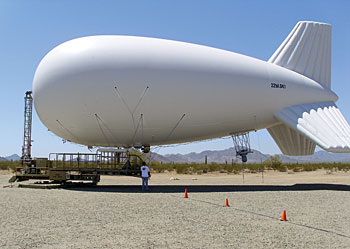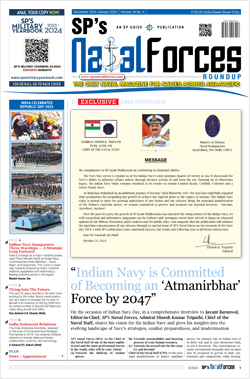INDIAN ARMED FORCES CHIEFS ON OUR RELENTLESS AND FOCUSED PUBLISHING EFFORTS

The insightful articles, inspiring narrations and analytical perspectives presented by the Editorial Team, establish an alluring connect with the reader. My compliments and best wishes to SP Guide Publications.

"Over the past 60 years, the growth of SP Guide Publications has mirrored the rising stature of Indian Navy. Its well-researched and informative magazines on Defence and Aerospace sector have served to shape an educated opinion of our military personnel, policy makers and the public alike. I wish SP's Publication team continued success, fair winds and following seas in all future endeavour!"

Since, its inception in 1964, SP Guide Publications has consistently demonstrated commitment to high-quality journalism in the aerospace and defence sectors, earning a well-deserved reputation as Asia's largest media house in this domain. I wish SP Guide Publications continued success in its pursuit of excellence.
First
Surveillance Balloon

NAVAIR’s game changing technology to fight against terror
It is one of the persistent ground surveillance system (PGSS) aerostats undergoing pre-deployment testing at a Naval Air Systems Command (NAVAIR) training facility. Developed by NAVAIR’s special surveillance programme (SSP), the PGSS deploys in theatre with Navy reserve assets and contractor personnel to provide force protection for forward operating bases in the US Central Command.
The PGSS is a 75-ft-long balloon developed by NAVAIR engineers that looks like a miniature white version of the goodyear Blimp. It was developed on demand by Commanders in Afghanistan for a more effective surveillance system for their forward operating bases. As cameras placed on top of small towers cannot see far enough, and drones were too costly for the job and cannot be constantly present, NAVAIR was given the task of developing a cheap, fast and effective solution.
There are now 31 PGSS models employed in theatre and more in transit. each one is overseen by a Navy reservist who serves as the officer in charge (OIC) for the civilian contractors who operate and maintain them. The programme is yet another example of NAVAIR’s ability to rapidly create new unmanned aviation systems, and its deep reliance on reservists to achieve its missions.





